Geekery: Playing Board Games in Valhalla
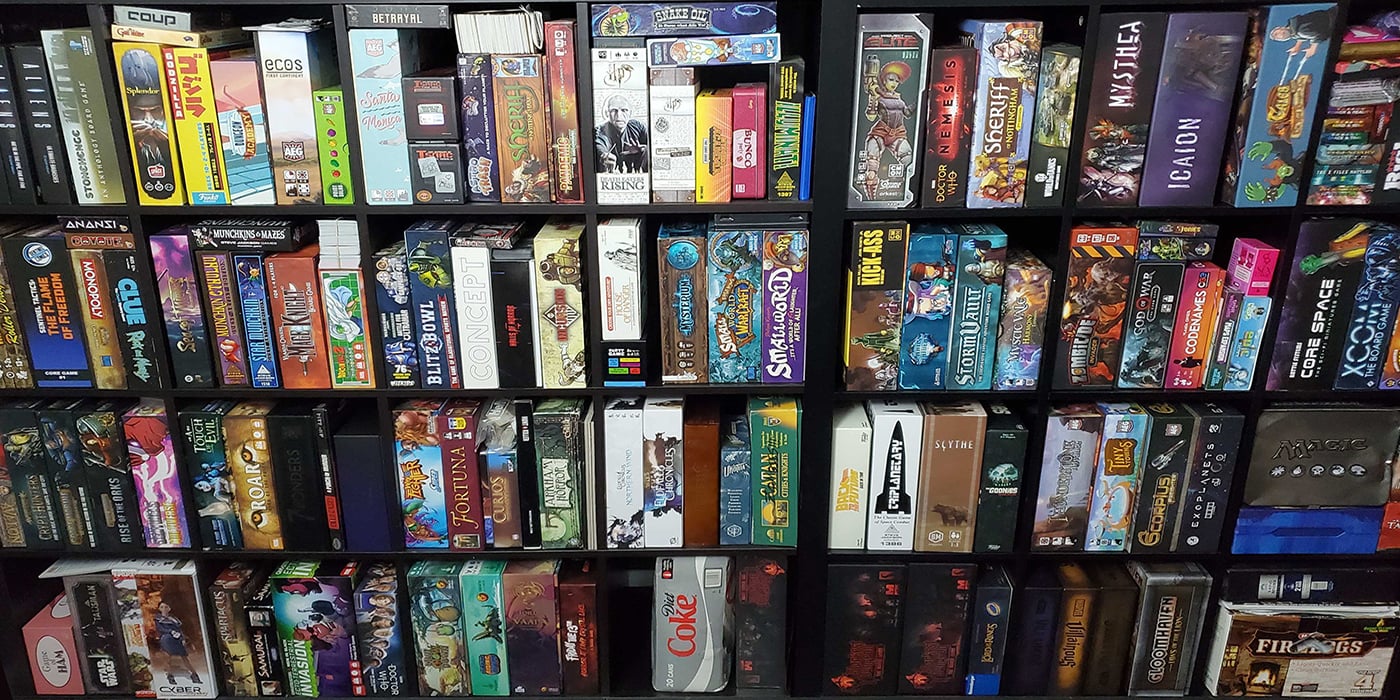

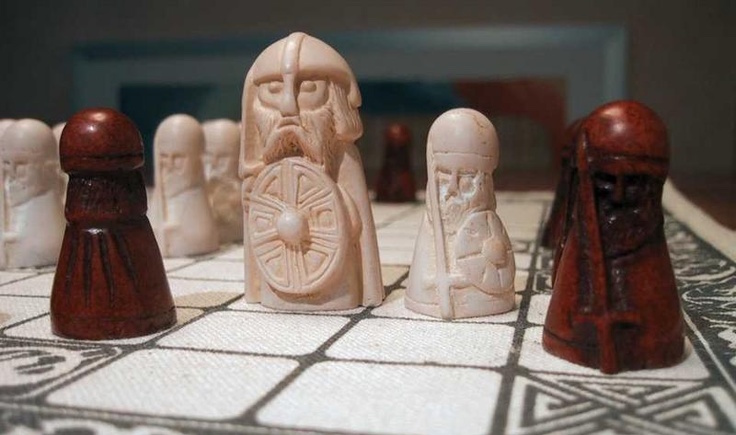
Archaeologists have found game pieces in 36 Viking burial sites across Europe.
Games are a common thread among civilizations – Senet, Patolli, Go, Mancala, and Ur were all very popular in the ancient world. Our need to play is nearly as universal as our need to create music and art.
Recently curator Mark Hall published a paper on games found in Viking burial sites in Northern Europe. Among possessions buried with the dead were playing pieces and dice made of bone. The current thought is that they were placed there so that they could be played in the afterlife. The inclusion of the games may be linked with the social statu of the interned. Many of the sites where games were found were burials of warriors and elite families.
Hall mentions that “just as in life, where success on the gaming board – which needed strategic thinking as well as fighting ability – could be seen to confirm and add to the status of an accomplished warrior, in death the inclusion of a board game signalled ability and success as a warrior and by implication preparedness for the challenge ahead.”
Two of the burial sites he focuses on in the paper were found on the Orkney Isles. A man found on Rousay was buried with 25 board game pieces from bone, along with one die. A group – a man, a boy, and an older woman – on Sanday were buried in a boat and found with weaponry, tools, and 22 whale bone game pieces and dice.
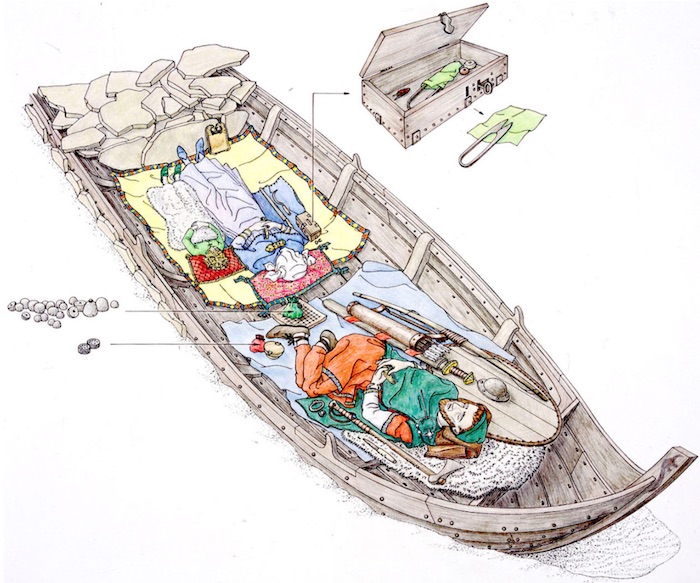
The pieces found could have been used to play a popular type of game played in Northern Europe during the time of the Vikings. It’s known that Celtic and Scandinavian societies enjoyed playing Roman favorite ludus latrunculorum – or The Game of the Little Soldiers. Over time Northern societies morphed the Roman version into their own – called hnefatafl. It’s a defense/capture style game played on a board with a 2:1 ratio set of pieces, the king piece is placed in the center. The goal is to get the king from the center to one of the corners without being captured. There are several known variants of the game. The game looks generally like this…
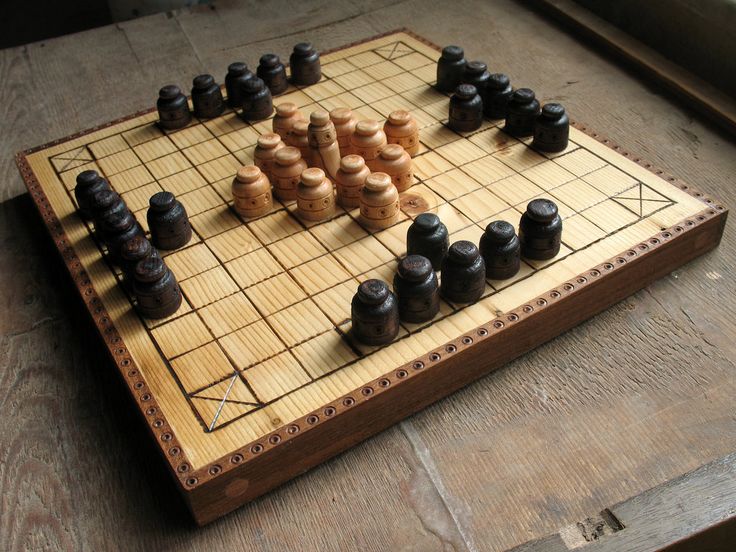
The dice could have been used to play tabulal alea, which is a Greek ancestor of backgammon. It was invented around the time of the Trojan War. It’s a game of luck played by two people on a board of 24 points, 12 on each side. Each player has 15 pieces and moves them around the board based on the roll of three dice. The aim is to remove all of your pieces from the board before your opponent does. The modern version isn’t really that different from what Byzantine emperor Zeno played in the late 400s. It – along with Go – is likely one of the oldest, nearly unaltered games still commonly played today.
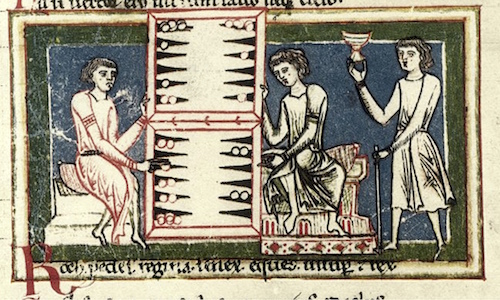
Read the entire paper here – it’s a fascinating if you enjoy European history and anthropology.
What ancient games do you find interesting?

